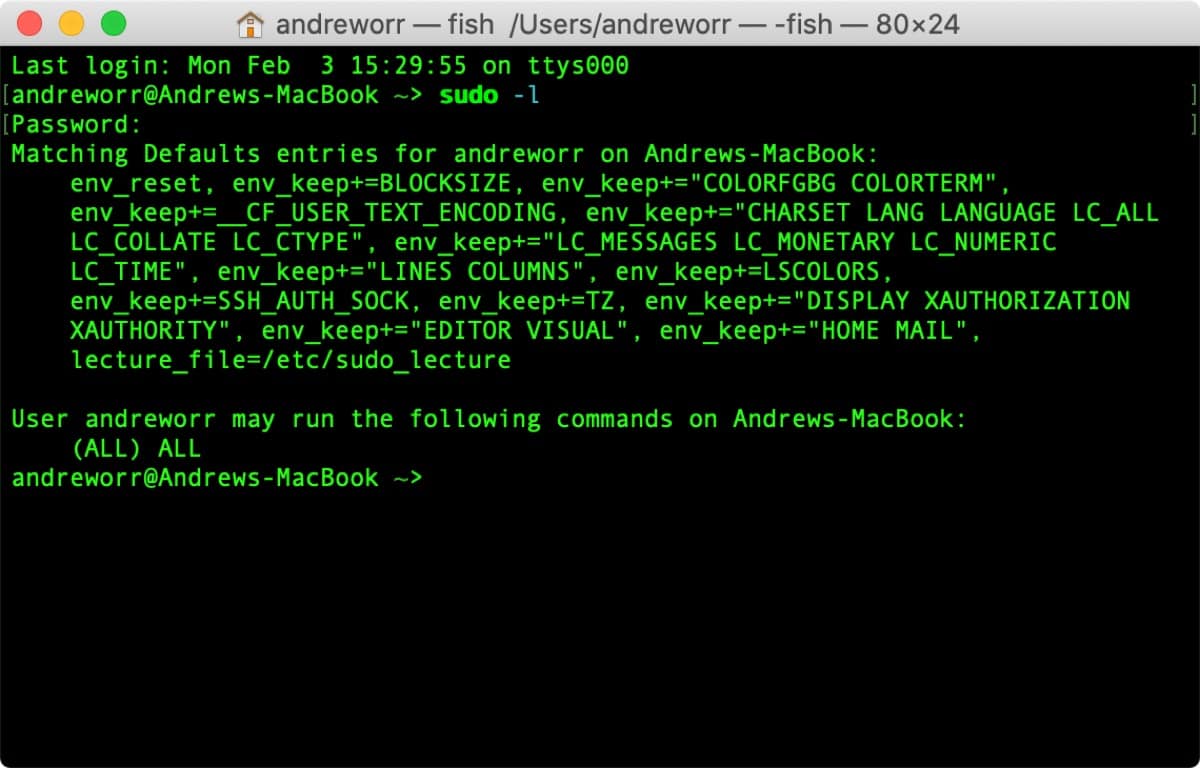

- #Sudo command not found running bash on macos install
- #Sudo command not found running bash on macos full
- #Sudo command not found running bash on macos mac
Different Linux distributions use different package managers, so you’ll need to use the command that matches your OS from the below list. This question does not meet Stack Overflow guidelines.
#Sudo command not found running bash on macos mac
Starting off with Linux using a package manager, the array of package managers available is vast. macos - Mac terminal -bash command not found - Stack Overflow Mac terminal -bash command not found closed Ask Question Asked 8 years, 1 month ago Modified 7 years ago Viewed 95k times 28 Closed. But if you’re using Linux, you might need to go about the hard way if you don’t wish to or are unable to use a package manager. In MacOS, there is a pre-compiled binary available. The first is to use a package manager, while the second is installation from source code. Other package managers are available, but the version of Gradle distributed by them is not controlled by Gradle, Inc. Then, right-click in the background of the window where autorun.sh is and select. However, it is highly recommended to use.

Once you've inserted the Guest Additions ISO, open Files and open the disc from the sidebar. One thing that many macOS users dont know is that they are using a completely outdated version of the Bash shell.

#Sudo command not found running bash on macos install
You have 2 different ways you could install the command in your machine. You need to run nas root, not autorun.sh. Which is why, to use it, you need to first install it.

As it is a third-party software, it does not come shipped by default with your operating system of choice. So to answer your question, do not rebuild your entire tool chain in recovery, instead you can use these to restrict and encrypt your data so that someone with physical access can only destroy your data and not modify it.The one and only reason as to why you’d be unable to run the jq command (if you’re on a Linux or MacOS machine) is due to not having the program installed in your system. This same advice applies fairly evenly for cron and other restricted tools or environments like containers. Being skilled about working in a restricted shell is a specialized area and most people don’t need to spend any time learning it. If you get an error in recovery - that error lets you know you need better instructions or to be with a mechanic that can help with your repair. It’s designed to get you to a service station at low speed, not to continue your race or journey. Think of recovery terminal as a spare tire. You are crossing two intentionally designed abstraction barriers to ask for brew to run in recovery. Brew is designed to not even use sudo except for specific limited setup and maintenance tasks so it uses the normal shell like the normal shell uses recovery shell. This is good since you have none of the protections (guardrails) of a normal shell so the system is designed to only work with fully qualified paths to precisely the limited subset of tools that are available. Make sure this directory is in your path.
#Sudo command not found running bash on macos full
When you take instructions that were written for a full shell ( su and sudo), they will break. The pandoc executable will be placed in HOME/.cabal/bin on linux/unix/macOS and in APPDATAcabalbin on Windows.


 0 kommentar(er)
0 kommentar(er)
